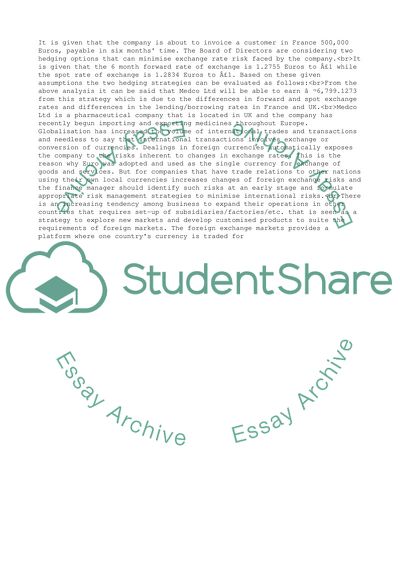Cite this document
(International Financial management Essay Example | Topics and Well Written Essays - 2000 words, n.d.)
International Financial management Essay Example | Topics and Well Written Essays - 2000 words. https://studentshare.org/finance-accounting/1820400-international-financial-management
International Financial management Essay Example | Topics and Well Written Essays - 2000 words. https://studentshare.org/finance-accounting/1820400-international-financial-management
(International Financial Management Essay Example | Topics and Well Written Essays - 2000 Words)
International Financial Management Essay Example | Topics and Well Written Essays - 2000 Words. https://studentshare.org/finance-accounting/1820400-international-financial-management.
International Financial Management Essay Example | Topics and Well Written Essays - 2000 Words. https://studentshare.org/finance-accounting/1820400-international-financial-management.
“International Financial Management Essay Example | Topics and Well Written Essays - 2000 Words”. https://studentshare.org/finance-accounting/1820400-international-financial-management.


